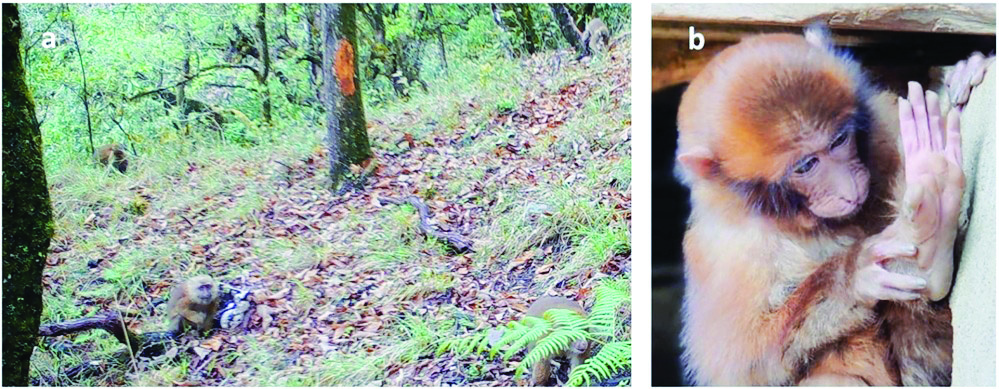ZSI study on white-cheeked Macaque out in ‘Journal of Biogeography’

Kolkata: Withdrawn from the journal “Wildlife Letters” in October 2023 due to the requirement to exclude Arunachal Pradesh as part of India amidst the Indo-China border dispute, a paper on the ‘White-Cheeked Macaque’ by a team of Zoological Survey of India (ZSI) scientists has now been published in the “Journal of Biogeography.”
ZSI scientist, Mukesh Thakur, lead author of the paper, said the latest publication holds greater significance since out of every 100 submitted manuscripts, this journal accepts approximately 20-25 for publication. The paper was published almost exactly as it was in ‘Wildlife Letters’ in April 2023. The authors deliberately kept the original title so anyone searching for it would be directed to both journals’ portals.
Thakur wrote to Wiley, an American multinational publishing company focusing on academic publishing, soon after the withdrawal. Several e-mails were exchanged and Wiley authorities, following a video conference, acknowledged the importance of the research. “I was told that they do not have much influence over Wildlife Letters but would help me publish the paper in other reputable journals published by them. I contacted the editor of the Journal of Biogeography, sharing my detailed conversation with Wiley along with the paper. After discussion with his editorial team, he shared the same positive opinion about the paper as Wiley and subsequently published it,” said Thakur.
Thakur, Lalit Kumar Sharma and Avijit Ghosh authored the paper titled ‘Two Y chromosome lineages in White-Cheeked Macaque (Macaca leucogenys).’ The editorial board members of ‘Wildlife Matters’ had contested the inclusion of Arunachal Pradesh in the study, claiming it did not align with their defined map.
The mammal was first discovered by Chinese scientists from South Eastern Tibet in 2015 and later reported by ZSI scientists from the Dibang Valley and West Siang region of Arunachal Pradesh based on camera trapping and DNA analysis.
White-cheeked Macaques are distinct from other macaques found in the region, having white cheeks, long and thick hair on the neck area and a longer tail.



